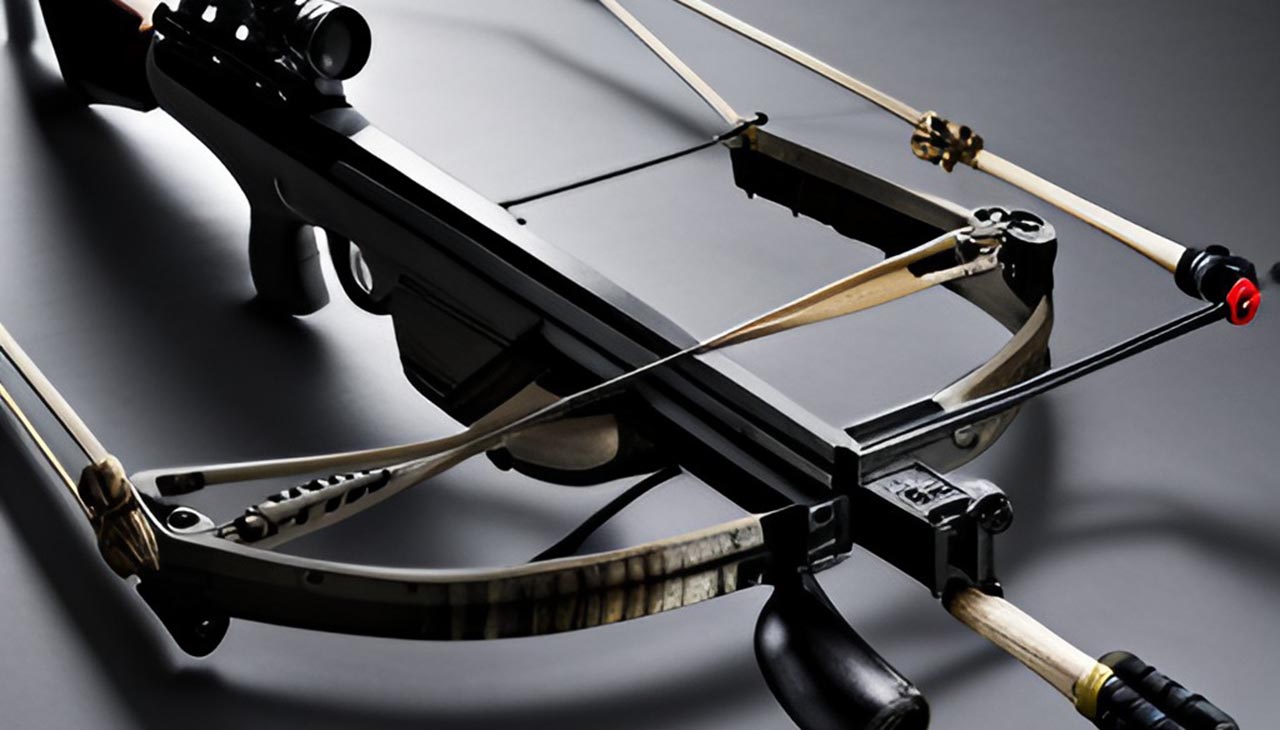Crossbow inclusion in hunting seasons has always been a topic of heated debate among hunters and gamekeepers alike. Several misconceptions swirl around the use of crossbows, often influencing regulatory decisions and public opinion. In this article, we aim to debunk the top 5 myths about crossbow inclusion, shedding light on the realities of crossbow hunting, and encouraging a more informed conversation. Let’s dive into these myths and get to the truth.
Myth 1: Crossbows are only for hunters with disabilities
This myth stems from the perception that crossbows are easier to use than traditional bows, making them suitable only for hunters with disabilities. However, the reality is that crossbows offer a different hunting experience and require a unique set of skills. They are not inherently easier or harder to use; instead, they necessitate an understanding of their specific mechanics and operation. Crossbows can be used by all hunters, irrespective of their physical capabilities, adding a different dimension to the hunting experience. Therefore, the statement that crossbows are only for hunters with disabilities is not accurate.
Myth 2: Crossbows are easier to use than traditional bows
The misconception that crossbows are easier to use than traditional bows is quite prevalent. In truth, each type of bow requires a different set of skills and knowledge. While it might be true that crossbows require less physical strength to hold and aim, they are not necessarily easier to master. Understanding the mechanics, maintenance, and safety measures associated with crossbows can be quite complex. Also, aiming with a crossbow requires precision and patience, as the user must wait for the right moment to release the bolt. So, saying that crossbows are easier to use than traditional bows simplifies the intricacies and skill set required to effectively use a crossbow.
Myth 3: Crossbows have the same range as firearms
This myth is another prevalent misconception surrounding crossbows. Many believe that crossbows possess the same range as firearms, granting the user an unfair advantage in hunting scenarios. However, this is far from the truth. While crossbows do have a longer range than traditional bows, they do not come close to the distance that firearms can cover. The average effective range of a crossbow is around 60 yards, while firearms can be accurate up to several hundred yards. The disparity in range is due to the difference in propulsion and aerodynamics between bullets and bolts. Therefore, the assertion that crossbows have the same range as firearms is significantly flawed.
Myth 4: Crossbows are less powerful than regular bows
Some people believe that crossbows are less powerful than regular bows, but this is another misconception. In reality, the power of a bow, whether it’s a crossbow or a traditional bow, depends on its draw weight—the amount of force required to pull back the bowstring. Some entry-level crossbows indeed have lower draw weights, but high-end models can match or even exceed the power of many traditional bows. Moreover, crossbows often have a mechanical advantage and use specialized bolts designed for higher impact force. Therefore, stating that crossbows are less powerful than regular bows is not accurate—it largely depends on the specific equipment being compared.
Myth 5: Crossbows are not suitable for traditional archery competitions
This final myth is based on the belief that crossbows do not align with the principles of traditional archery and should therefore be excluded from such competitions. It is important to understand that archery is a diverse sport with many different forms and disciplines, each requiring a unique set of skills and equipment. Crossbows are another form of archery that requires precision, skill, and mastery. Many traditional archery competitions now include categories for crossbow shooters, recognizing the skill set involved. Furthermore, crossbow shooting can bring diversity and inclusivity to the sport, inviting new participants who can bring a fresh perspective. Therefore, the notion that crossbows are not suitable for traditional archery competitions is an outdated view that does not reflect the evolving nature of the sport.
Conclusion
In conclusion, the inclusion of crossbows in hunting seasons and archery competitions is a subject that often falls prey to misinformation and misconceptions. Whether it’s the notion that crossbows are only for hunters with disabilities, the idea that they are easier to use than traditional bows, or the belief that they are less powerful or not suitable for traditional archery competitions, it’s clear that these myths don’t hold up against the facts. Far from providing an ‘unfair advantage’, crossbows offer a unique dimension to hunting and archery, requiring a different set of skills and offering opportunities for a wider range of participants. As with all topics, a more informed understanding leads to more meaningful dialogue and better decision-making, and it’s hoped that debunking these myths can contribute to that understanding.






